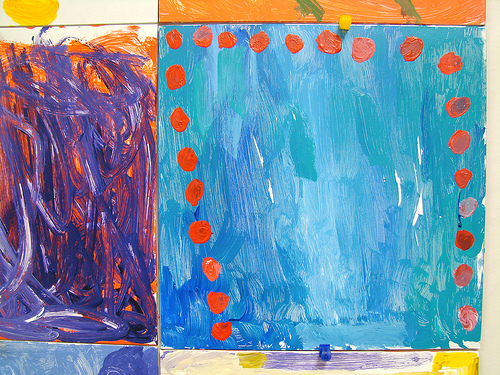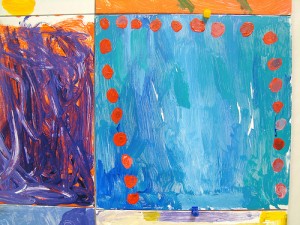The display of revelations that take place during the denouement and resolution, end, of a novel must take place in scene, not summary.
End of story revelations work much like the action taking place during the crisis and climax points where the immediacy of the characters’ actions impress upon readers the significance and meaning of the ordeal the central character/characters are undergoing, surviving and ultimately growing stronger by enduring.
Just as the crisis and climax point of a novel provide places of major transition and transformation, so to the revelations presented during denouement and at resolution offer one last stage of growth and change.
That these revelations provide last glimpses of the protagonist and perhaps her or his antagonist before the central character returns home, readers need to see their actions and/or interactions of the central character(s), and if necessary, those of her or his antagonists.
Words and thoughts provide a sufficient backdrop to a powerful conclusion. But actions best convey the emotional states of revelation and realization.
Movement combined with physical symbols provides a powerful display of growth and change.
Those talismans that have traveled with the central character over the course of the novel convey not only meaning, but also reflect the arc of transformation over time.
These are treasured objects with which the protagonist interacts, and thus shaped and remolded, mirror the central character’s relationship with self.
They also reflect and awareness that accompanies major shifts in consciousness forever altering how the central character and readers view the world and themselves.
The best stories conclude with end of story scenes displaying this mixture of external and internal actions grounded upon and rooted in a display depicting the interplay between aspects of the protagonist’s physical and emotional worlds.
They demonstrate the arc of growth, change and transformation taking place in the protagonist, and sometimes even her or his arch enemy.

